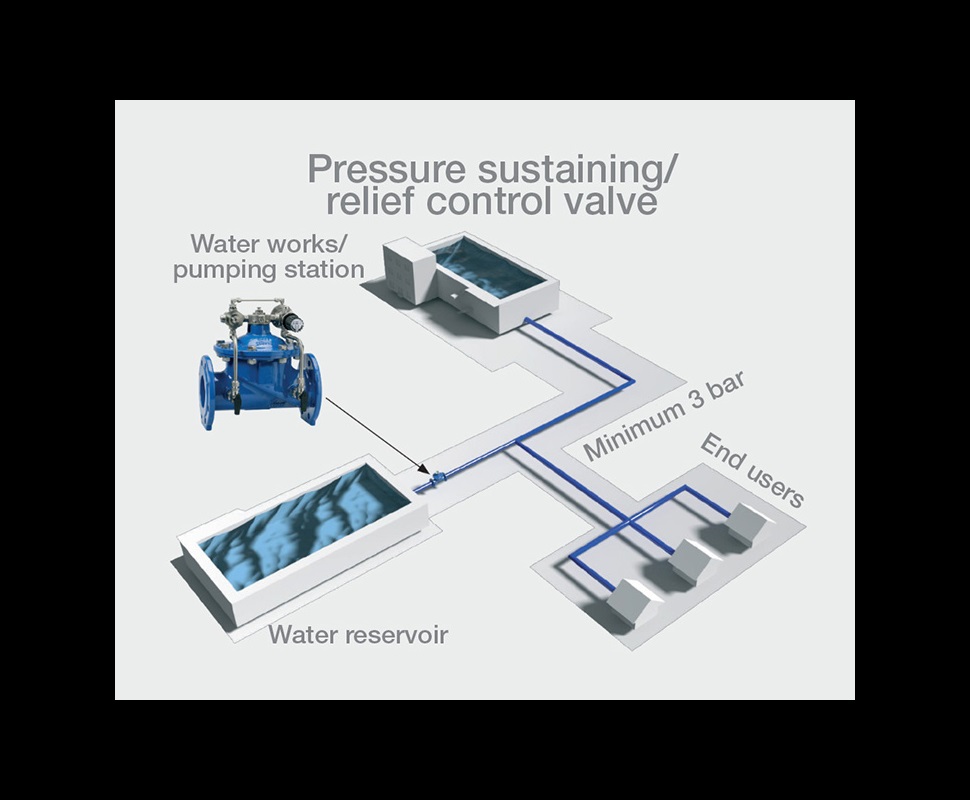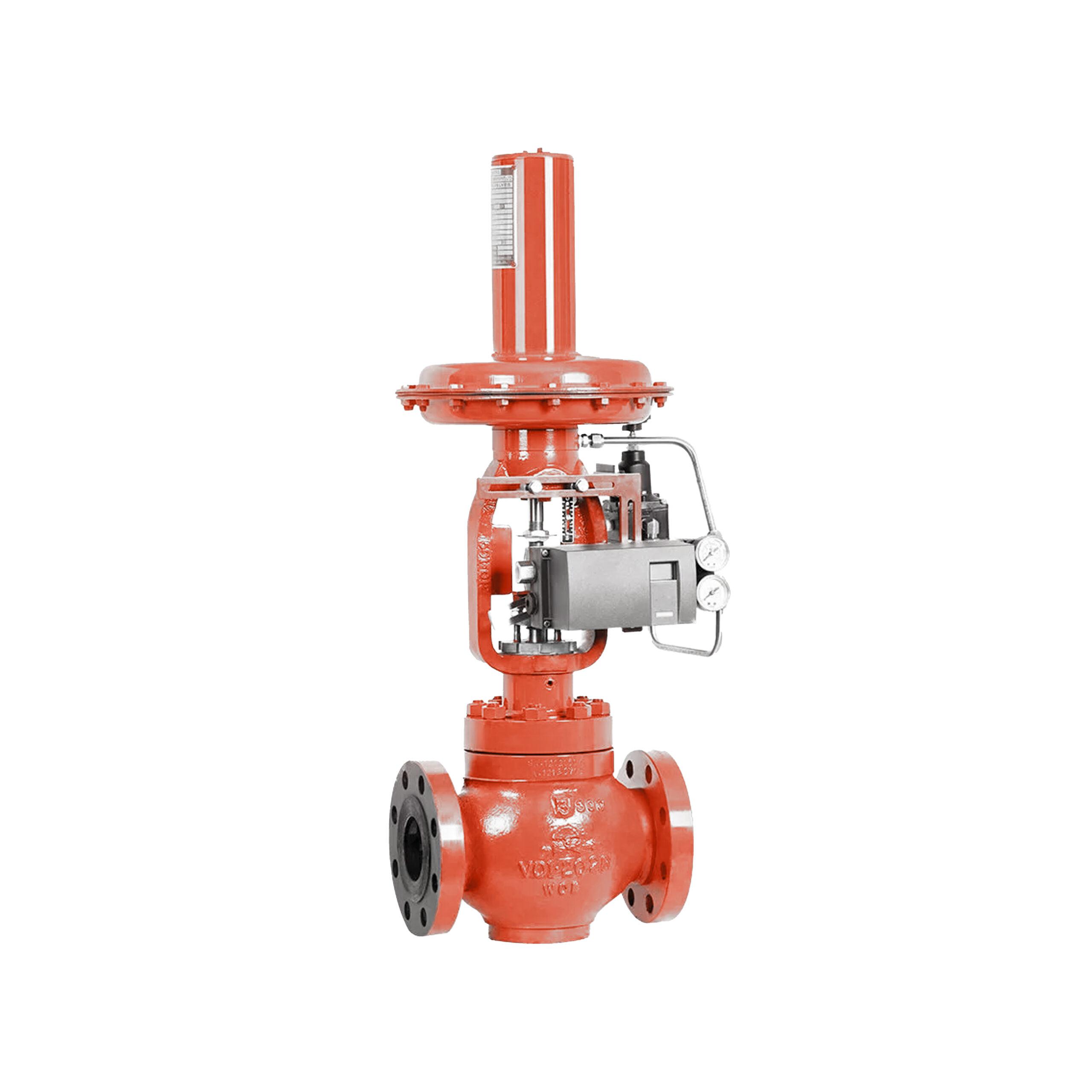How Control Valves Influence Energy Effectiveness in Industrial Settings
How Control Valves Influence Energy Effectiveness in Industrial Settings
Blog Article

Maximize Power Cost Savings and Comfort With Advanced Structure Automation Controls
In the realm of modern-day architecture and center administration, the assimilation of innovative building automation controls stands as an essential development. By harnessing the power of automation, buildings can adjust, respond, and evolve in methods that were as soon as unbelievable.
Energy Efficiency Advantages
Power efficiency benefits can significantly minimize power intake and operational expenses in structures. By applying energy-efficient techniques and modern technologies, building owners and operators can accomplish significant savings while additionally adding to ecological sustainability. Among the key benefits of improving energy efficiency in buildings is the decrease of utility costs. Energy-efficient systems, such as advanced building automation controls, can optimize making use of resources like cooling, home heating, and lighting, causing lower energy expenses with time.
Furthermore, boosted energy effectiveness can prolong the lifespan of structure tools and systems. By operating extra effectively, HVAC systems, lighting fixture, and various other structure elements experience much less damage, causing reduced maintenance and replacement costs. In addition, energy-efficient structures typically regulate greater building worths and rental rates, giving lasting monetary advantages to owners.
In addition, power efficiency can boost occupant convenience and performance. Effectively controlled interior settings with optimum lighting and thermal problems develop an even more pleasurable and conducive office, leading to boosted worker satisfaction and efficiency. On the whole, the energy effectiveness benefits related to advanced building automation controls are diverse, incorporating expense financial savings, environmental stewardship, and passenger health.
Enhanced Convenience Control
Enhancing comfort control in building environments needs an innovative combination of sophisticated automation systems for ideal occupant wellness. By using advanced structure automation controls, centers can tailor the indoor environment to meet the details demands and preferences of occupants. control valves.
Improved comfort control surpasses standard temperature level adjustments. It includes attributes such as tailored setups, occupancy sensing units, and natural light use to create a responsive and vibrant atmosphere. By incorporating these innovative controls, buildings can not just improve comfort but likewise improve power efficiency by maximizing system procedures based upon real occupancy and usage patterns. Eventually, focusing on owner convenience via innovative automation systems causes an extra satisfying and much healthier indoor environment.
Operational Effectiveness Improvements

Furthermore, the application of real-time tracking and analytics devices allows structure drivers to determine energy inefficiencies and operational abnormalities promptly. By constantly keeping track of energy use patterns and system efficiency metrics, modifications can be made in real-time to maximize energy intake and make sure peak operational performance. control valves. In addition, incorporating demand response methods right into building automation controls can additionally boost functional efficiency by dynamically changing energy use based on grid conditions and prices signals
Indoor Climate Optimization
Effective interior environment optimization is an essential element of structure automation controls, ensuring occupants' comfort and health while making best use of energy savings. By utilizing advanced sensors and controls, constructing automation systems can continuously check and readjust temperature, humidity levels, air quality, and ventilation to create an optimal interior setting. Keeping comfortable and consistent conditions not only improves passenger contentment yet additionally improves productivity and general wellness.
Indoor environment optimization additionally plays a vital function in energy efficiency. By fine-tuning heating, air conditioning, and ventilation systems based upon real-time information and occupancy patterns, building automation controls can considerably decrease power intake - control valves. Implementing approaches such as demand-controlled ventilation and you can find out more thermal zoning can aid reduce energy waste while ensuring that each location of the building obtains the required conditioning.

Lasting Atmosphere Production
Building automation manages not only enhance indoor climate conditions for energy performance and occupant comfort but also lay the structure for developing a lasting atmosphere with critical management of resources and systems. By incorporating sophisticated structure automation innovations, such as sensors, actuators, and intelligent software program, facilities can monitor and adjust energy usage in real-time to reduce waste and decrease their carbon impact. These systems enable predictive upkeep, determining potential issues before they escalate and maximizing equipment performance to enhance longevity and efficiency.
Additionally, sustainable setting creation extends beyond power monitoring to include water conservation, waste reduction, and indoor air quality renovation. Structure automation controls can manage water use, discover leaks, and guarantee proper waste disposal practices, adding to overall sustainability initiatives. Furthermore, by keeping track of and regulating ventilation and purification systems, these modern technologies improve resident health and efficiency while lowering power intake related to HVAC operations.
Verdict
In verdict, advanced building automation manages offer considerable benefits in terms of power financial savings, convenience control, functional effectiveness, interior environment optimization, and developing a sustainable environment. By applying these controls, structures can attain ideal performance while lowering power consumption and enhancing passenger comfort. It appears that using advanced automation innovation is important in enhancing structure performance and producing a more sustainable future.
Power effectiveness advantages can significantly minimize power intake and her comment is here functional costs in structures. Generally, the energy efficiency benefits connected with innovative building automation controls are multifaceted, including cost savings, environmental stewardship, and passenger health.
Furthermore, incorporating demand response strategies right into building automation controls can additionally enhance functional efficiency by dynamically readjusting energy use based on grid problems and prices signals.
Structure automation regulates not only maximize interior climate problems for straight from the source power performance and resident convenience but likewise lay the structure for producing a lasting atmosphere through critical monitoring of systems and sources.In verdict, progressed structure automation manages deal substantial benefits in terms of energy financial savings, convenience control, operational performance, interior environment optimization, and producing a sustainable environment.
Report this page